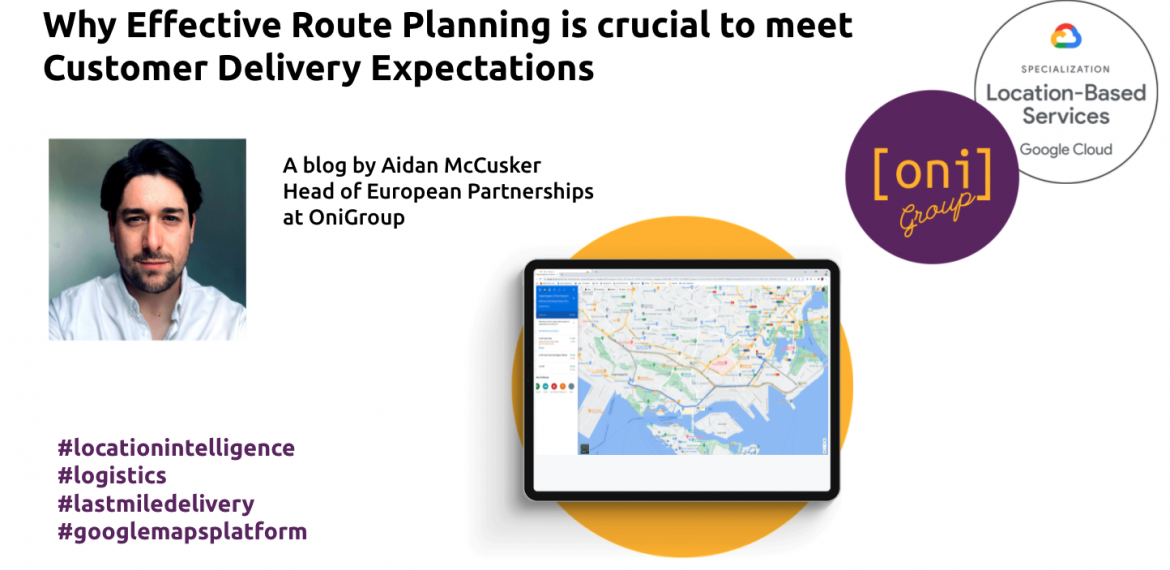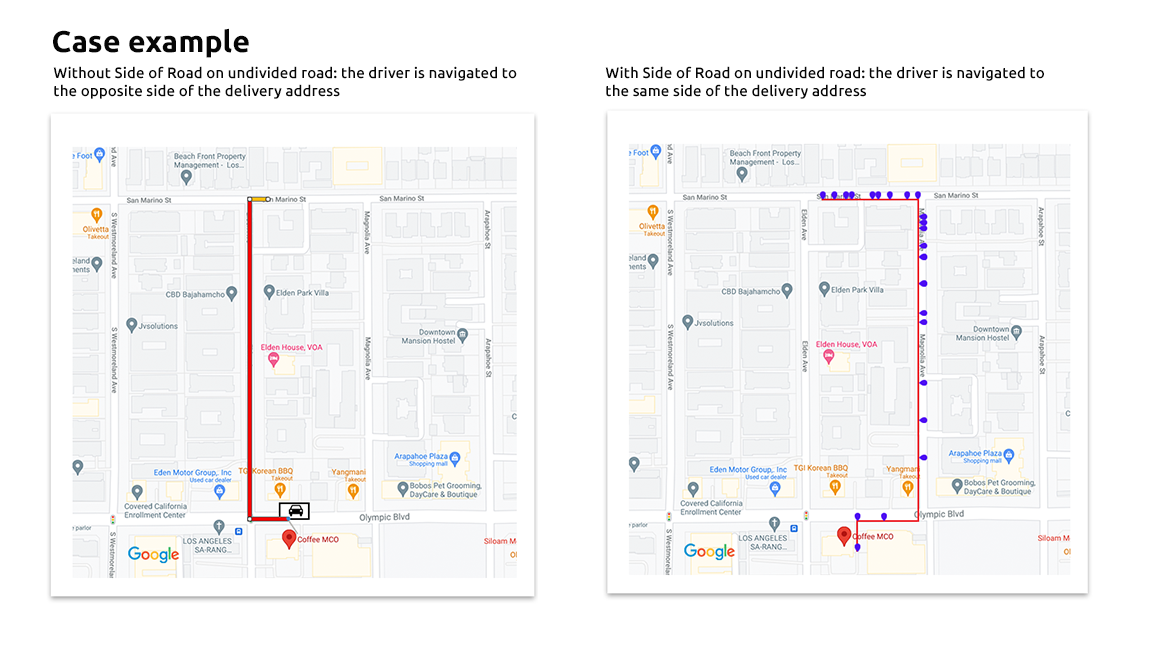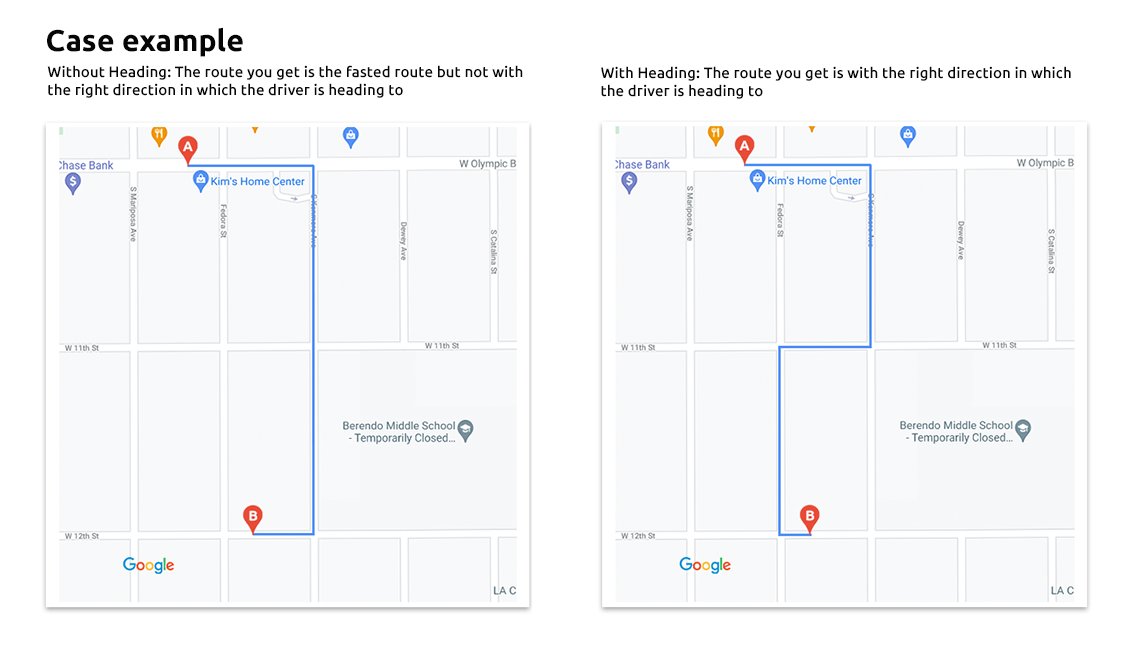News
BLOG - Why Effective Route Planning is crucial to meet Customer Delivery Expectations
Posted 10th May, 2021

The past year has been one of incredible global change for everyone. Whether it’s a shift to working from home, dancing with your dog in the living room or opening a pub in your back garden, it’s safe to say that the world has dramatically changed due to the COVID-19 pandemic.
And change is very often a positive thing. With change comes great innovation and a chance to grow together in creating new and exciting solutions to address the new challenges that change might pose to us.
In this context we’re talking about an unprecedented surge in delivery options, curbside pickup as well as last mile solutions in order to meet consumer demand and satisfy relevant distancing requirements globally.
A year ago, 81% of consumers said that they had never bought groceries online, however according to Supermarket News during the pandemic nearly 80% of shoppers have started to do so.
A single commonality throughout all of these different solutions has been effective route planning i.e. how do we get our products and services to our end customers, in the most efficient, environmentally responsible and economical means possible?
Google Maps Platform for effective route planning
Since its inception in 2005, Google Maps Platform has been at the forefront of location data solutions due to both user friendliness and reliability in comparison to other providers in the market. With over 1bn daily users, relying on its data, in some shape or form to guide their package, delivery or driving their family from point A to B in the most efficient manner, it’s safe to say that Google Maps is arguably the best solution currently available.
In order to meet market expectations in this ‘new normal’ Google Maps Platform have launched a number of innovative and exciting new features to help better deliver and meet demands of delivery services and efficient route planning.
However before we dig into these developments let’s understand the core APIs which underpin Google’s Route planning, first of which is the Distance Matrix API.
About the Distance Matrix API
Distance Matrix API is a service that provides the travel distance and ETA (Estimated Time of Arrival) for a matrix of origins and destinations, based on the recommended route between start and end points.
The Distance Matrix API can be used in a multitude of ways as well as in endless types of applications. The most common use is that of solving either single user (Traveling Salesperson) - or - Multi-stop route Planning.
However this is only one part of the equation, requests are also run through that of Google’s Directions API as detailed below.
Google Maps Directions API
As you can imagine, the Directions API is pretty straightforward and it does exactly what it says on the tin i.e. it is a web service that returns formatted directional routes between locations. Users can obtain directions for several different forms of transport such as transit, driving, walking, or cycling and so on.
So what's changed, why is this important or even needed at this stage I hear you ask?
Well this is where things get interesting, Google Maps Platform as of this month have now launched two new features in the Directions and Distance Matrix APIs.
These two features used to be exclusively available in Routes Preferred API and are vital in helping to improve routing experience and fee calculations for all businesses that use route calculation as a core service: from ridesharing to food delivery and e-commerce.
Introducing Side of Road
The Side of Road modifier helps fleets, drivers and even potentially the postal service navigating to the correct side of an undivided road, i.e. a road with no physical separation or median between opposing flows of traffic.
The case example provided below which displays a driver delivering a package to a business address.


On the left hand side you can see the level of route planning available to users prior to this month’s updates. As you can see the route provided to the driver is the shortest in terms of distance, however the driver is taken to the wrong point as the delivery address is on the other side of the road. In case of large roads being on the wrong side can cause delays in delivery, which in the case of food delivery for example could result in the food becoming cold, the customer raising a support ticket and money lost to the business.
Not to mention the lack of safety for the driver having to cross a potentially dangerous road.
The picture on the right shows the route planning with the use of Side of Road instead. The route is slightly longer but the driver is taken to the correct point of interest which will save time trying to find the right place or crossing a busy road.
Introducing Headings
When calculating the best route to go from A to B, you can now request that the route goes through the waypoint in a particular heading as detailed below.

Ok great, but what are the market implications, what’s the value here to businesses?Glad you asked, take a seat, grab a tea or coffee and let’s work through this together!
Simply put, the value here is immense.
Remember at the start of this blog we set the scene as to market trends, forces in the past year and how we’ve seen exponential growth in delivery services due to COVID?
Well guess what, that demand or trend isn’t going anywhere, anytime soon.
In fact it is now the new norm, with businesses either innovating or losing revenue from failure to adapt, same as working from home, the consumer now expects, now they demand this level of flexibility when dealing with businesses.
With this rise in demand, naturally there is both a direct cost to the business for inaccurate deliveries as well as an environmental cost for traditional vehicles to get their goods from point A to point B.
The Economical Impact of ineffective Route Planning
A Complete loss of competitive advantage. Think Amazon, same day deliveries, tighter windows of execution and real time updates provided to users are a clear USP for the business and reason for market domination.
Manual Planning. Now antiquated and a complete drag on time, resources and costs. Companies globally are under pressure from the likes of Amazon to execute as fast and as efficiently as possible. Simple things like trying to figure out manually what side of the road your staff are to deliver to is no longer in line with the market trends - Think snail mail v email!
The fact of the matter is that there is a critical need for mass improvement in delivery services, vital to this is effective route planning.
To put it simply, how are you going to compete in a data driven world when you’re still relying on fleet managers to figure out what side of the road might be the right side to deliver on with all the variables that can take place on any given day?
Exactly…..
The Environmental impact of ineffective Route Planning
There’s no way to avoid it, the distribution of goods at a city, national or even at a global level involves huge volumes of vehicles.
As it stands not all companies have migrated fully to electric vehicles and regardless of whether they have or not, the goods still need to be moved nationally or internationally by larger freight companies which still use diesel powered vehicles as the cornerstone of their operations.
As such, factors such as speed, nature of road, side of road to be delivered on and fuel costs are a major concern for both businesses and environmentalists.
How can we further mitigate fuel and environmental costs with Google Maps Platform?
Simple, with insights from the U.S. Department of Energy’s National Renewable Energy Lab, Google has now added an additional layer of data via the Google Maps Platform to its end users for route planning.
Google are now starting to provide users with the option to select the route with the lowest carbon footprint which is inline with the ETA as to the fastest route.
How do we implement these changes & Stay ahead of the market?
Easy - get in touch with me and the team at Oni. We’ve been working with the Google stack of tech since 2006 enabling thousands of clients, across over 50 countries. With offices in London, Sydney and Singapore, we empower over a quarter of a billion people with Oni solutions everyday.
Finally always remember ‘Knowledge drives innovation, innovation drives productivity, productivity drives economic growth’ be a part of innovation or watch others take your place and revenue in the market.
Look forward to hearing from you all!
Aidan
Written by Aidan McCusker - Head of European Partnerships at OniGroup
About Aidan. With over 10 years of commercial experience, Aidan leads a team of strategic consultants, building bespoke commercial and technical solutions across Google Cloud, Google Maps and Google Workspace across the UK, Nordics and Continental Europe.
Aidan is a graduate of University of Ulster - Law (LLB) (With Hons).
In his spare time Aidan is incredibly passionate about music, having played guitar for just over 20 years at this point. In the past year, Aidan has become an avid golfer, however is positive that it is his equipment that is faulty, rather than any issues with his technique.
Request an on-demand version of our exclusive logistics event in partnership with Google and hear about the future of logistics.
Read more